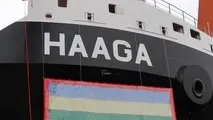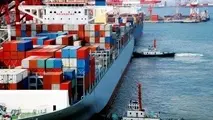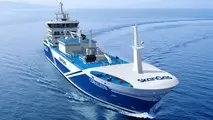Lessons learned from fall in cargo hold

The UK P&I Club refers to an incident onboard in which a crew member fell down to the tank top, sustaining serious injuries. The Club highlights lessons learned and draws operatiors’ attention to performing work aloft at sea properly supervised and risk assessed.
The incident
The crew of the vessel were instructed to clean its cargo holds in preparation for the next cargo. At that time, the sea conditions were recorded as slight with no ship movement.
In an attempt to gain better access to the upper areas of the hold, the crew positioned the high pressure washing equipment on top of portable staging erected on the tank top. The staging was approximately 6 metres in height. Additionally, a safety line was attired across the hold to which the seaman on top of the staging could attach a safety harness.
When it was the time to shift the staging, the crew released the lashings and pushed the apparatus across the tank top. Because of this movement, the seaman on top of the staging lost his balance and fell down on to the tank top, causing him serious injuries. The vessel altered his course in order to enable helicopter evacuation of the casualty.
Analysis
- Evidently the seaman on top of the staging detached his safety harness from the lifeline at some time before the incident.
- Work aloft in any circumstances requires a very vigilant planning and implementation of the defined safety precautions. When a ship is at sea, it is indispensable to perform such work very carefully, particularly taking into consideration the possibility of unexpected ship motion and the limitations of available equipment.
- In the case of hold cleaning, the crew are not expected to take unreasonable risks in complying with a commercial requirement of presenting clean holds in readiness to load the next cargo.
Lessons Learned
- The necessity of crew performing work aloft at sea should always be carefully appraised and subject to a risk assessment,
- When hold cleaning, crew safety takes full priority over operational requirements,
- During work aloft, the safety harness should remain attached to a lifeline and strongpoint at all times,
- Work aloft must always be properly supervised and subject to a Permit to Work If crew of any rank have safety concerns when carrying out a task, stop the job and re-assess the situation



